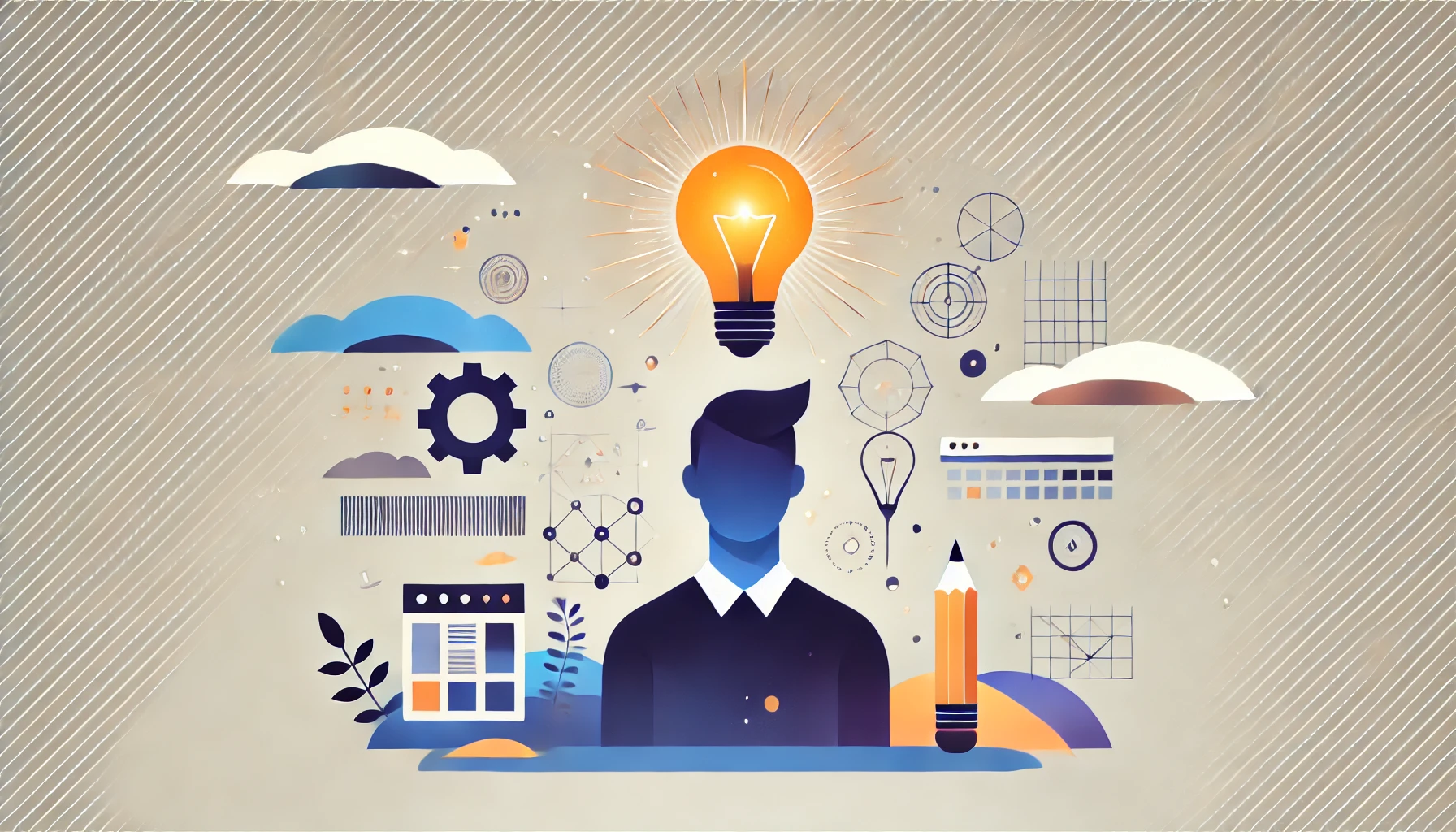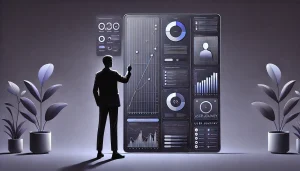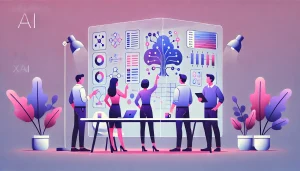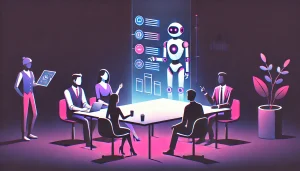When Material Design was first launched by Google, it set a new benchmark for how digital interfaces could combine clarity, motion, and tactile realism. But in an increasingly emotional and experience-led digital world, design systems need to go further than just function — they need to feel.
Enter Material 3 Expressive — Google’s latest evolution of its design language, rooted deeply in UX research, personalization, and emotional resonance. It’s not just a fresh coat of paint. It’s a shift in philosophy: designing for feeling, not just utility.
Why the Shift to Expressiveness?
Informed by 46 studies and over 18,000 user interactions, Google discovered a crucial insight: users gravitate toward emotionally engaging designs.
This means more than pretty colors or animations. It’s about crafting interfaces that are: Playful, Energetic, Welcoming & Creative
And, surprisingly to some, these interfaces also scored higher on usability metrics — especially among Gen Z users. Up to 87% of users aged 18–24 preferred expressive UI variants, associating them with trust, delight, and clarity.
The Power of Emotion in Interface Design
Material 3 Expressive embraces emotion by leaning into design elements that guide the user’s attention, shape their experience, and enhance clarity. These include:
- Color: More vibrant and diverse palettes inspired by user-customized themes (via Material You).

- Motion: Subtle, purposeful animations that guide user attention and build brand character. Micro-interactions and transitions that feel natural and joyful.

- Shape & Size: Bolder shapes and scalable components that enhance visual hierarchy and accessibility.

- Containment: Clearer visual groupings of information for better comprehension.

- Typography: Introduction of emphasized typography styles for stronger hierarchy and focus.

It isn’t just about just making things pretty — These changes create a system that feels alive and intentional — built to guide users, not just serve them.
Accessibility by Design (Component-Level Enhancements)
Material 3 Expressive doesn’t trade form for function. Quite the opposite.
Each design decision was rigorously tested for usability. Improvements include:
- Larger tap targets to reduce touch errors.
- Higher contrast color palettes for better visibility.
- Better motion design that avoids disorientation while enhancing responsiveness.

In short, expressive doesn’t mean complicated — it means clearer, friendlier, and more human.
Component-Level Enhancements
Google didn’t stop at aesthetics — they revamped core UI components too:
- Progress Indicators now communicate status more intuitively.
- Floating Toolbars and FABs (Floating Action Buttons) are more accessible and prominent.
- Navigation Bars and Cards have improved affordances and responsiveness.

These changes make apps feel more polished and modern, while also supporting the emotional tone of the experience.
Why Designers Should Care
Material 3 Expressive represents a powerful mindset shift in how we build digital products. It acknowledges a truth designers have long understood:
As designers, we’ve long been told to design for utility — function over form. Material 3 Expressive challenges that notion with a simple, research-backed truth: Interfaces aren’t just meant to be used. They’re meant to be felt.
This update offers a blueprint for the next generation of product experiences — ones that are:
- Emotionally resonant
- Customizable
- Inclusive
- Intuitively usable
Whether you’re designing for Android, the web, or cross-platform ecosystems, these new guidelines offer a framework to build products that delight without compromising clarity or consistency.
Final Thoughts
Material 3 Expressive is more than a visual update — it’s a call to design with empathy, energy, and intentionality. It empowers teams to build interfaces that connect, not just function. And as users continue to expect more human digital interactions, that connection will become the most vital metric of success.
Feeling is the future of function.
Inspired by Google Design’s “Expressive Material Design” article.
Resource 🔗 Material 3 – Building with M3 Expressive







